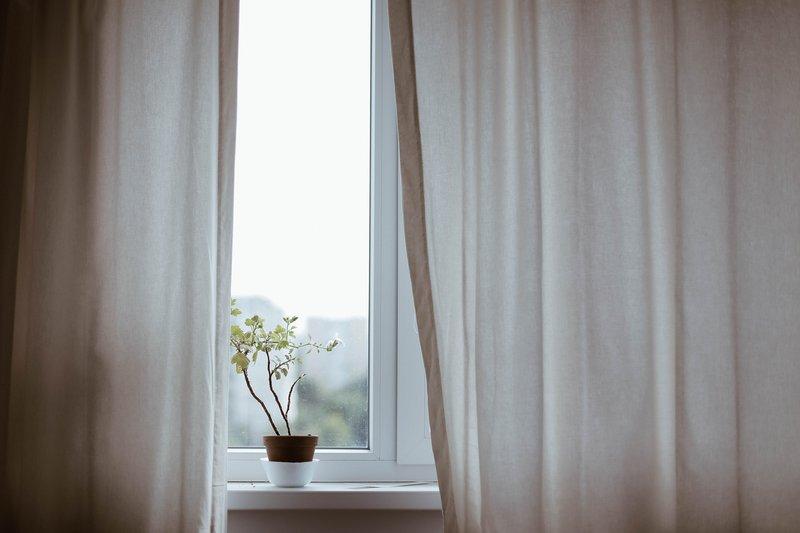
There’s something we’re missing.
Neuroscientists now say there are many more than just five senses. It’s still a matter of debate exactly how many we have; some scientists believe it could be as many as 21.
There’s one sense, however, that humans are completely lacking — we’re totally incapable of recognising light’s effect on our body clock.
Our sensory receptors evolved to protect us from harm. They’re our defence mechanisms. When you touch something sharp or hot, you recoil in pain. When you taste something unpleasant, you reject it in disgust. But when it comes to harming our circadian rhythm with bad light habits there’s no automatic reaction or feedback loop.
The invention of artificial lighting was so sudden that the human body is utterly helpless. The change was too quick. Our bodies had no time to adapt. Like flicking on a switch, our sleep and wake cycles were suddenly exposed to a world where we spend our working lives looking at screens in badly lit offices.
The transformation was so radical that we’re still getting to grips with the full effect on our circadian rhythm. We’re slowly waking up to the idea that our light habits have an impact on everything from our sleep patterns to our metabolism.
So what’s the solution?
As the science around light and circadian rhythms develops, we have a better understanding of how we can adapt our lifestyles. Designers, architects, and employers, too, are all becoming more aware of creating environments and work cultures suited to our natural body clocks.
We also have more tools available to guide us to the right light our bodies need. There are a growing number of technological solutions for the problem, from human-centric lighting to wearable light sensors.
Our bodies might not naturally protect us from the harmful effects of bad lighting, but that doesn’t mean we can’t change our behaviour.
Read more about how LYS can help improve your sleep and energy levels here